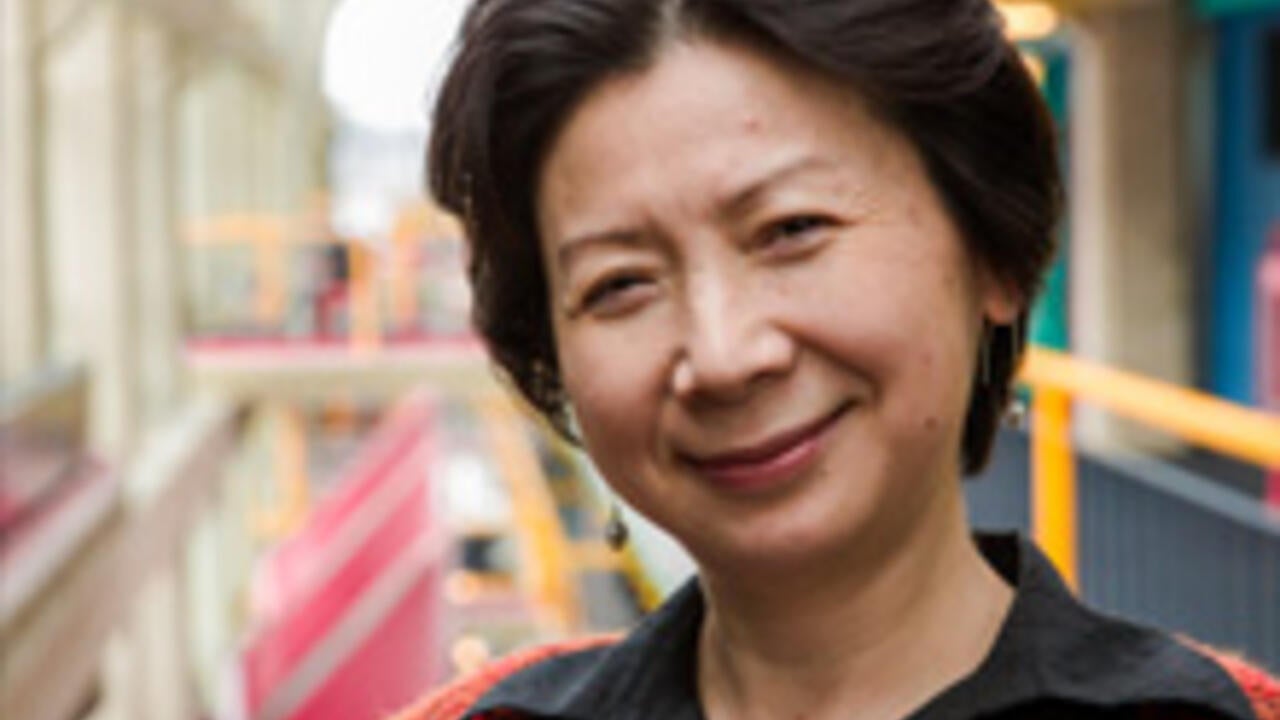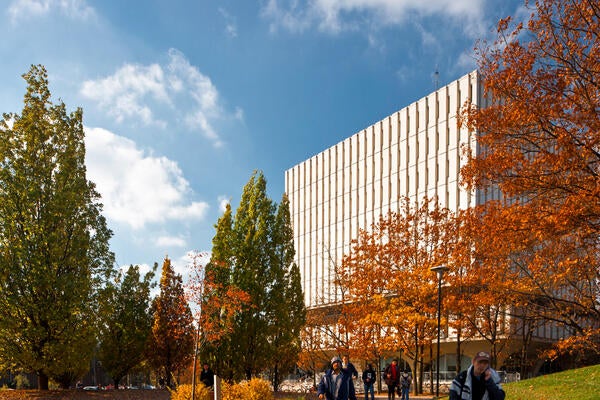
Waterloo computer scientist warns banks and investment firms to expect the unexpected
Yuying Li designs algorithms and creates strategies to help avoid losses in an unpredictable economy.

Yuying Li designs algorithms and creates strategies to help avoid losses in an unpredictable economy.
By By Beth Gallagher Communications and Public AffairsYuying Li looks deeply into the unpredictable and sometimes catastrophic events that haunt investors.
While her expertise is managing risk, the University of Waterloo computer science professor specializes in how to avoid huge losses on the stock market when random events hit unexpectedly.
 Yuying Li, Professor at the Cheriton School of Computer Science, University of Waterloo
Yuying Li, Professor at the Cheriton School of Computer Science, University of Waterloo
“You think these things won’t happen,” says Li, a professor in the Cheriton School of Computer Science. “But they can. If you don’t consider these events, you won’t be prepared.”
From a statistical point of view these events are known as “tail events” because they happen so rarely and are represented at the tail ends of a typical bell curve.
In a normal bell curve, the most likely returns on an investment will be at the top of the bell. The most unlikely will be at the bottom, or the “tails.” Li designs computational algorithms and generates strategies that focus on tail events.
Two examples of major tail events are the 1987 market crash, and the downfall of the U.S. firm, Long-Term Capital Management (LTCM.) When LTCM’s major hedge fund collapsed in 1998, the Federal Reserve supervised a massive bailout to avert panic and even more losses on Wall Street.
While Li’s complex work is geared toward banks, insurance companies and investment institutions, she points out that ordinary people consider tail events every time they buy insurance. “You buy house insurance in the unlikely event that it will burn down,” Li says.
Tail events are getting more attention because of the 2008 financial crisis. “Both Canada and the U.S. are making an effort to manage risk better,” says Li. “It certainly is on the national agenda.”
One promising advance, she says, is the recent establishment of a Global Risk Institute, a partnership of the federal and provincial governments, the financial services industry and several universities including the University of Waterloo. Thomas Coleman, director of the Waterloo Research Institute in Insurance, Securities and Quantitative Finance (WatRISQ) serves as a research advisor for the Global Risk Institute.
While Li’s academic focus is gaining traction in the real world, she smiles when asked about the impact the global financial crisis has had on investors: “How much one learns from these things, I don’t know.”

Read more
Meet five exceptional Waterloo graduate students crossing the convocation stage as Class of 2025 valedictorians

Read more
Twenty-six researchers receive federal funding to drive discovery, innovation and research infrastructure development

Read more
The Royal Society of Canada welcomes five new fellows and one RSC College member from the University of Waterloo
The University of Waterloo acknowledges that much of our work takes place on the traditional territory of the Neutral, Anishinaabeg, and Haudenosaunee peoples. Our main campus is situated on the Haldimand Tract, the land granted to the Six Nations that includes six miles on each side of the Grand River. Our active work toward reconciliation takes place across our campuses through research, learning, teaching, and community building, and is co-ordinated within the Office of Indigenous Relations.